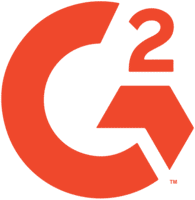Overview of Interior Designer Test
The interior designer test is designed to assess the candidate’s skills and knowledge in the field of interior design.
Skills measured
- Space Planning and Layout Design
- Color Theory and Material Selection
- Furniture and Fixture Arrangement
- Lighting Design
- Material Selection
- Spatial Visualization and 3D Modeling
- Communication and Client Collaboration



